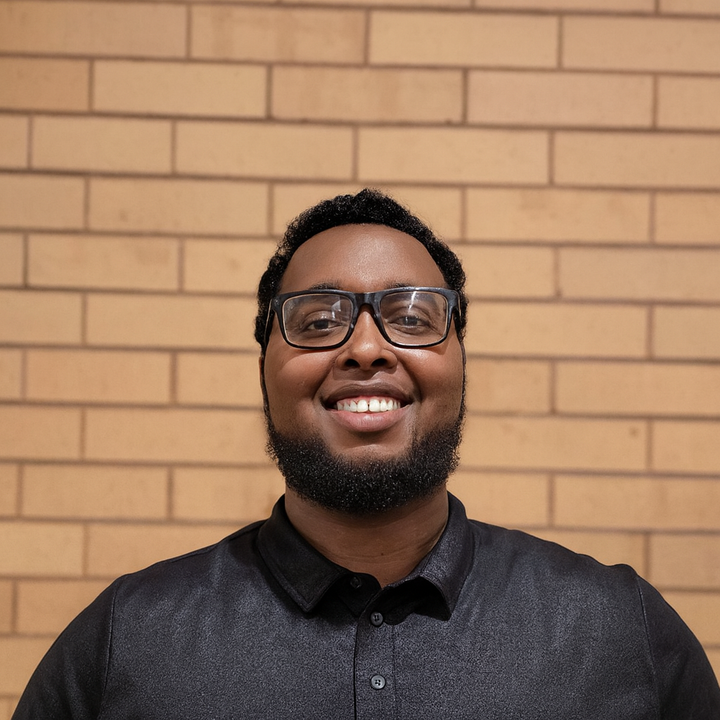Students Look Back on Inaugural January Term Classes
This past winter, from Jan. 4 to Jan. 29, the college offered its first-ever selection of optional January Term (J-Term) courses, allowing students to choose one class to take intensively over the span of four weeks. According to Provost and Dean of the Faculty Catherine Epstein, 813 students enrolled, 45 professors taught and 51 classes were offered.
The new J-Term academic program came with the general overhaul of the academic landscape in spring 2020 as Covid-19 forced in-person classrooms to online class-Zooms. In preparing for the 2020-2021 school year, Epstein explained, the Ad Hoc Faculty Committee on Academic Structures wanted to find a structure that would alleviate some of the pressures of remote learning. With that in mind, the committee recommended that students take three courses instead of four per semester during the 2020-2021 year and added the January Term intensive course as an option for students who still wanted to take at least seven courses (or in some cases, eight or nine) over the academic year. The faculty thus voted for academic offerings for the 2021 and 2022 January Terms.
Historically, the Interterm period, which takes place between the fall and spring semesters, has been used as a time for students to prepare for athletic seasons on campus, work on a senior thesis, participate in a special program offered by the college or just take a break before the next semester begins. Because the J-Term is only four weeks, the college did not see the full-semester courses as a viable option.
However, “given the pandemic, the faculty was willing to experiment with the academic calendar in ways that it has not recently,” Epstein said.
That experimentation involved pushing the start of the spring semester back by two weeks, with the first day of classes taking place on Feb. 15 instead of the original Feb. 3. Two more weeks of J-Term ended up being essential to making this new academic program work. It allowed for faculty and academic department coordinators to complete the necessary administrative work to wrap up the J-Term and prepare for the spring semester. “We are concerned about next year when there will likely be less than a week between the end of January term and the start of the spring semester,” said Epstein.
The two-week extension also gave students enrolled in a J-Term class some time off before their next course load began. Jennifer Fuentes-Rodriguez ’22, who took an Asian Languages & Civilizations J-Term class called “Health Policy in China,” said, “If the beginning of the semester hadn’t been pushed back by two weeks, I’m sure I would not have been ready to get back into coursework.”
Silvia Huang ’22, another student in “Health Policy in China,” even noted that the two weeks may not have been enough of a buffer: “Transitioning was a bit rough because I only had two-week breaks between last semester and January term and between January term and this semester. I definitely felt a bit burnt out at the beginning [of the spring semester] but it’s getting better!”
Of course, the first trial of this new program came with its initial kinks. Adriel Roncal ’21, who took “Guns in American Politics” in January, said, “At first, I was overwhelmed with the work the class entailed, especially given that we met every day and had substantial readings to complete. I also had an internship at the time as did a few others in the class.”
J-Term courses were also not immune to the general struggles of remote learning. Fuentes-Rodriguez recalled her class’ inconvenient schedule: “We met at night from 8:30 p.m. [to] 10 p.m. because of differences in time zone. I would have preferred a different time, but I understand that we’re all in various locations.”
On remote J-Term learning, Sophie Chen ’22, a student in “Health Policy in China,” said, “I was at home while taking the class, and that definitely contributed to this feeling of disorganization and bad time management.”
But the J-Term experience was primarily a welcome opportunity among students, especially given the variety of opportunities that have been taken by the coronavirus pandemic over the past year. Chen continued, “The class was also very interesting to me, and I thought I might as well take advantage of the additional course load.”
For others, the J-Term class served a more logistical purpose. Roncal noted, “Frankly, I needed two classes to complete my Political Science major, and I wanted to spread those two out over J-Term and the Spring semester so I could take other classes I am interested in taking before I graduate.”
The main concern of the administration that has prevented it from offering J-Term classes in the past is that three to four weeks is simply not enough to cover a semester’s worth of material. However, students felt that the intensive, one-course structure provided a fundamentally new and interesting learning experience. Chen noted, “It’s inherently going to feel rushed and not as substantial as a regular semester, but I would probably still take a J-Term class if it were offered again.”
Heloise Schep ’24, an international student from the Netherlands who completed her first semester of Amherst during the fall, said, “I felt I could dive much deeper into the material because I could devote my full day to our readings and discussions. Though I really enjoy connecting different subjects and concepts through taking multiple classes simultaneously, I felt we could still connect the class to the broader world.”
Fuentes-Rodriguez echoed this point: “Health Policy in China is actually one of my favorite classes so far at Amherst. While it was intense and over one month, I felt that I got to know my class, the material, and the professor better than over one semester.”





Comments ()